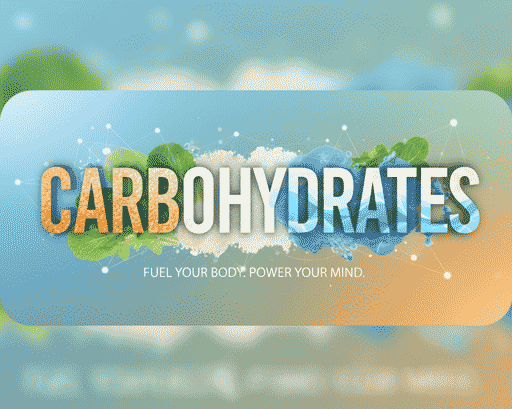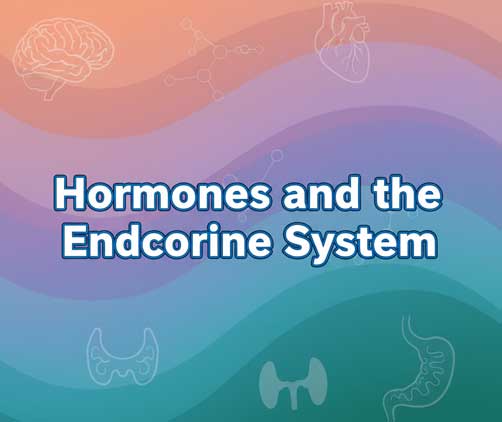Carbohydrates: Types and Importance
Carbohydrates are essential biomolecules that provide energy to the body. They are mainly found in fruits, vegetables, grains, and dairy products. Based on their structure, carbohydrates are classified into monosaccharides (simple sugars) and disaccharides (double sugars).
Fructose – The Fruit Sugar
Fructose is a monosaccharide known for its high sweetness. It naturally occurs in fruits, honey, and some vegetables. Its chemical formula is C₆H₁₂O₆, similar to glucose but with a different structure (isomer).
- Properties: Colorless, water-soluble crystals, sweeter than glucose.
- Uses: Added as a sweetener in soft drinks, ice creams, and bakery foods in the form of high-fructose corn syrup (HFCS).
- Function: Quickly provides energy by converting into glucose or glycogen in the body.
Sucrose – The Table Sugar
Sucrose is a disaccharide composed of glucose and fructose units with the formula C₁₂H₂₂O₁₁. It’s the most common sugar derived from sugarcane and beetroot.
- Properties: White crystalline solid, highly soluble, very sweet.
- Uses: Found in soft drinks, sweets, jams, jellies, bakery, and ice creams.
- Note: On hydrolysis, it breaks into glucose and fructose—known as invert sugar.
Lactose – The Milk Sugar
Lactose is a disaccharide made of glucose and galactose (C₁₂H₂₂O₁₁). It is naturally present in milk and dairy products.
- Properties: Colorless crystals, less sweet than sucrose.
- Uses: Found in baby formulas and pharmaceuticals as a binding agent.
- Health: Broken down by the enzyme lactase. People lacking lactase suffer from lactose intolerance, leading to bloating and digestive issues.
Maltose – The Malt Sugar
Maltose is another disaccharide composed of two glucose molecules (C₁₂H₂₂O₁₁).
- Properties: Mildly sweet, soluble in water.
- Uses: Key ingredient in beer, malted drinks, baby foods, and energy supplements.
- Digestion: During starch digestion, starch first converts into maltose and then into glucose.
Galactose – The Brain Sugar
Galactose is a monosaccharide (C₆H₁₂O₆) similar to glucose but less sweet. It is mainly found in milk products, avocados, and tubers.
- Function: Converts into glucose in the body and provides energy. Essential for brain and nervous system development in infants.
- Health: In rare cases, a genetic disorder called Galactosemia prevents galactose digestion, leading to liver and metabolic problems.







